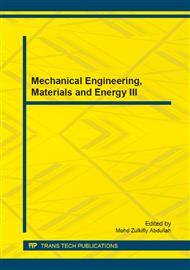p.578
p.583
p.587
p.594
p.599
p.603
p.607
p.611
p.615
An Evaluation System of Pulsed GMAW Process
Abstract:
A process evaluation system for pulsed gas metal arc welding (GMAW-P) based on the LabVIEW platform has been developed. This system is comprised of two modules, a simultaneous display module and a data analysis module. Using these modules, the system can not only provide a comprehensive direct viewing display of the welding electric signal and high speed camera photo, but also can analyze the characteristic parameters of the welding process. The results show that the system works properly.
Info:
Periodical:
Pages:
599-602
Citation:
Online since:
December 2013
Authors:
Keywords:
Price:
Сopyright:
© 2014 Trans Tech Publications Ltd. All Rights Reserved
Share:
Citation:


